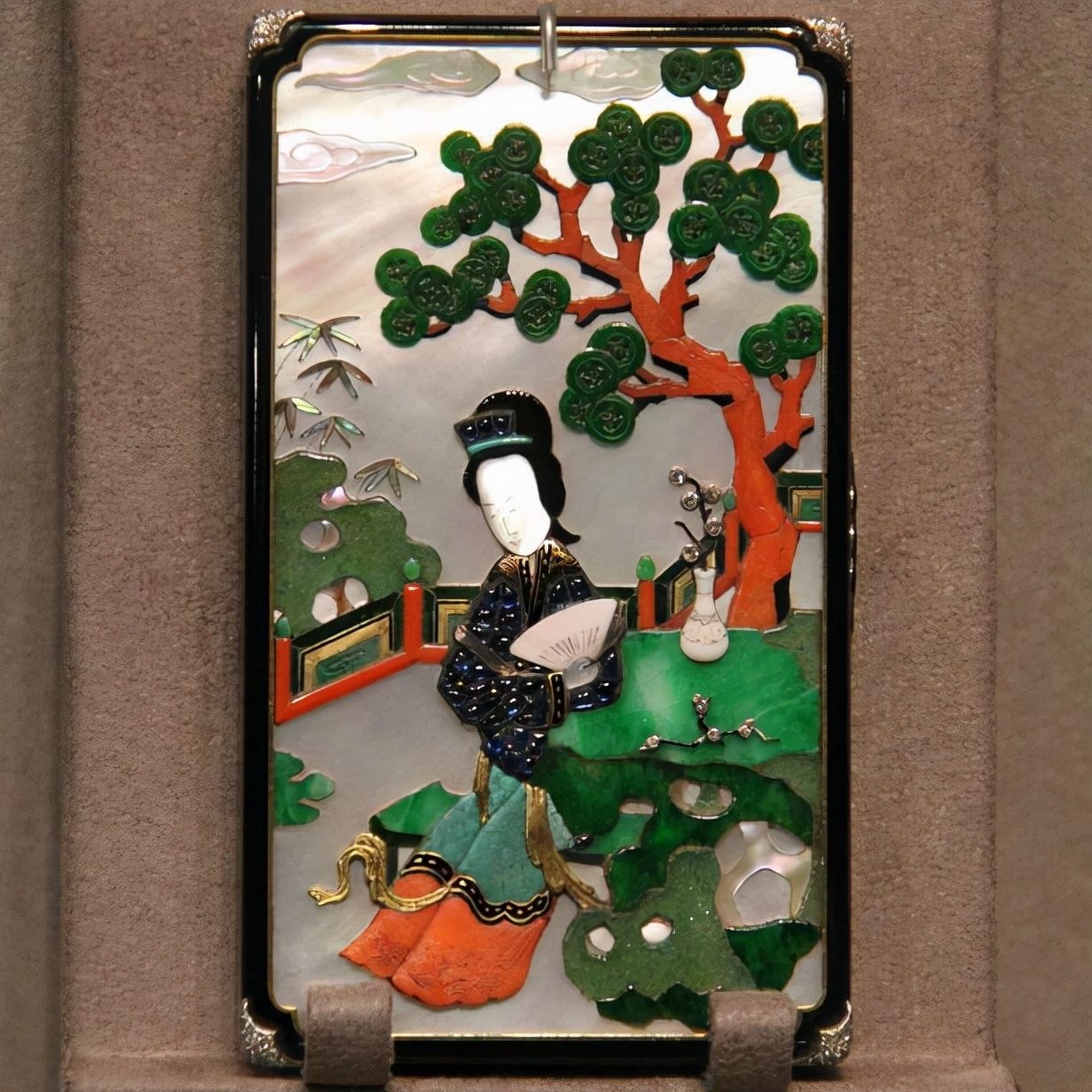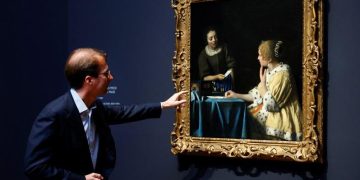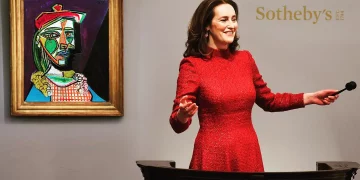The collectibles market has become a hotbed for investors and enthusiasts alike, with prices for rare and limited-edition items continuing to rise. As this market becomes increasingly sophisticated, predicting future trends and identifying high-potential categories can be an exciting and lucrative endeavor. In this article, we’ll explore how to forecast future trends in the collectibles market and pinpoint the categories that have the most promise for future growth.
1. Understanding Market Dynamics: How to Predict Trends
To predict future trends in the collectibles market, it’s essential to understand the dynamics that drive the demand and valuation of collectible items. Several key factors influence the market’s trajectory, and monitoring them can provide insight into which categories are likely to thrive.
A. Economic Factors and Investment Trends
- Global Economic Environment: Economic factors, such as inflation, interest rates, and geopolitical instability, can influence collectors’ and investors’ behavior. For instance, when stock markets are volatile, many investors turn to tangible assets, including collectibles, as a safe haven for their wealth.
- Rise of Alternative Investments: The increasing popularity of alternative investments, like cryptocurrency, NFTs, and luxury collectibles, has created a new class of collectors. This shift in investment behavior is likely to continue influencing the demand for rare and high-value items.
B. Technological Advancements
- Digital Collectibles (NFTs): Non-fungible tokens (NFTs) and blockchain technology have revolutionized the collectibles market. Digital art, music, and even virtual items from video games are becoming valuable assets in the market. As blockchain technology continues to evolve, the potential for digital collectibles to thrive will expand further.
- Virtual Reality (VR) and Augmented Reality (AR): As VR and AR technologies become more mainstream, we might see new trends in digital or hybrid collectibles. These could include virtual art exhibitions, digital fashion, or collectible experiences in immersive environments.
C. Social Media and Pop Culture Influence
- Celebrity Endorsements and Influencers: The influence of celebrities and social media figures cannot be underestimated. When an influencer or celebrity promotes a specific collectible, it often leads to a massive spike in demand. For example, certain limited-edition sneakers or high-end watches have reached new heights in value because of their association with famous personalities.
- Nostalgia and Fandom: Pop culture is cyclical. Nostalgia-driven trends—such as the resurgence of interest in ’80s and ’90s memorabilia—are a significant factor in predicting future trends. Fans of certain franchises (e.g., Star Wars, Marvel, or Harry Potter) often drive the market for related collectibles.
D. Auction Results and Historical Sales
- Auction House Performance: The results from major auction houses, such as Sotheby’s, Christie’s, and Bonhams, are excellent indicators of the current market trends. Record-breaking sales for certain categories—such as art, rare coins, or luxury watches—can signal rising interest in specific segments.
- Historical Performance: Historical data, such as long-term price trends for specific collectibles (e.g., vintage cars, comic books, or rare wines), provides valuable insight into what categories might appreciate in the future. Categories with a consistent upward trajectory are likely to continue growing in value.
2. High-Potential Categories in the Collectibles Market
As the collectibles market grows, certain categories are showing substantial promise for future investment opportunities. These categories may be more attractive for investors and collectors due to emerging trends, increased demand, or technological advancements. Below are some of the most promising collectible categories for the future.
A. NFTs (Non-Fungible Tokens) and Digital Art
NFTs have already made a significant impact on the market, and this trend is expected to continue growing. Digital art, music, virtual real estate, and in-game assets can be bought, sold, and traded as NFTs, offering an entirely new way of collecting and investing.
Why It’s a High-Potential Category:
- Scarcity and Exclusivity: NFTs are unique, with each token representing ownership of a single, non-replicable asset. As the market matures, scarcity will drive demand for rare digital assets.
- Involvement of Major Artists and Institutions: Established artists and art institutions are embracing NFTs, further legitimizing the market and attracting serious investors.
- Integration with Other Collectible Categories: NFTs are being integrated with physical collectibles, such as limited-edition sneakers, sports memorabilia, and even physical art, increasing their appeal.
B. Vintage and Limited-Edition Watches
The luxury watch market has seen explosive growth, with vintage models, especially those from renowned brands like Rolex, Patek Philippe, and Audemars Piguet, becoming highly sought after. As these watches become rarer due to limited production and historical value, prices continue to soar.
Why It’s a High-Potential Category:
- Rarity and Craftsmanship: The demand for high-quality, rare timepieces is driven by their craftsmanship, limited editions, and historical significance.
- Aging Population: As the current generation of luxury watch enthusiasts ages, the demand for rare, vintage models is expected to increase, particularly among younger collectors looking for iconic pieces.
- Investment Appeal: High-end watches are seen as a reliable investment, with many models appreciating over time. The growth of watch-focused auction platforms has made them even more accessible to global collectors.
C. Classic and Luxury Cars
Vintage cars, particularly classic models from prestigious manufacturers such as Ferrari, Porsche, and Mercedes-Benz, continue to see strong demand. The classic car market has proven resilient, with prices of rare models increasing steadily.
Why It’s a High-Potential Category:
- Investment Potential: As classic cars become rarer, they increasingly become an investment asset, offering both financial and emotional value.
- Fewer High-Quality Models: With limited production runs and the aging of iconic vehicles, finding high-quality examples of certain models becomes increasingly difficult, raising their market value.
- Cultural Significance: Classic cars, especially those with a rich history in motorsports or pop culture, continue to hold cultural value. Events like the Pebble Beach Concours d’Elegance and auctions at RM Sotheby’s highlight the prestige of owning a rare collectible car.

D. Rare Coins and Currency
The market for rare coins, particularly those with historical value or unique characteristics, has seen steady growth. Ancient coins, rare U.S. coins, and international currency continue to attract collectors and investors alike.
Why It’s a High-Potential Category:
- Historical Value: Coins are valuable not only for their rarity but also for their historical significance, making them desirable for collectors interested in both history and investment.
- Global Demand: Coins from different parts of the world have broad appeal, particularly among international collectors. This global demand is expected to continue growing as collectors seek out coins with unique provenance.
- Diversification and Hedging: As an alternative investment, rare coins offer a means of diversifying portfolios and hedging against economic uncertainty.
E. Sports Memorabilia
The sports memorabilia market, including autographed items, game-worn jerseys, trading cards, and unique trophies, has seen a surge in value, driven by both nostalgia and the continued rise of athletes’ global influence.
Why It’s a High-Potential Category:
- Celebrity Impact: The iconic status of athletes such as Michael Jordan, LeBron James, and Tom Brady makes their memorabilia extremely valuable, especially when associated with significant events or milestones.
- Nostalgia Factor: As more people look back at past sports eras with fondness, the demand for vintage memorabilia, such as baseball cards and old jerseys, continues to rise.
- New Trends in Collecting: Digital sports collectibles, such as NBA Top Shot (which uses blockchain technology for trading digital collectibles), represent a new frontier within the space, attracting younger, tech-savvy collectors.
F. Art: Modern and Contemporary
The fine art market has always been a stronghold for collectors, but in recent years, there has been a shift toward modern and contemporary works. Emerging artists, along with established names like Banksy and Jeff Koons, have pushed the boundaries of art collecting.
Why It’s a High-Potential Category:
- Increasing Market Liquidity: Art auctions are becoming more accessible, with many online platforms enabling the buying and selling of pieces that were once out of reach for smaller collectors.
- Growing Wealth of Art Investors: As the wealth of global investors grows, so does the demand for high-value art pieces, particularly works that align with contemporary cultural trends.
- Digital Art and NFTs: The rise of digital art, paired with NFTs, is expanding the art world into new realms, offering opportunities for collectors to diversify their portfolios and own cutting-edge creations.
3. Conclusion: Predicting the Future of Collectibles
The collectibles market is dynamic and influenced by a combination of economic, technological, and cultural factors. By monitoring the broader trends, such as the increasing digitalization of assets and the rise of alternative investments, collectors and investors can better predict which categories are likely to perform well in the future.
Emerging sectors like NFTs, digital art, and sports memorabilia show great promise, while more traditional categories such as vintage watches, rare coins, and classic cars remain solid investments. Ultimately, the future of the collectibles market will be shaped by an evolving intersection of history, technology, and global interest, making it an exciting time for anyone involved in the world of collecting.

















































